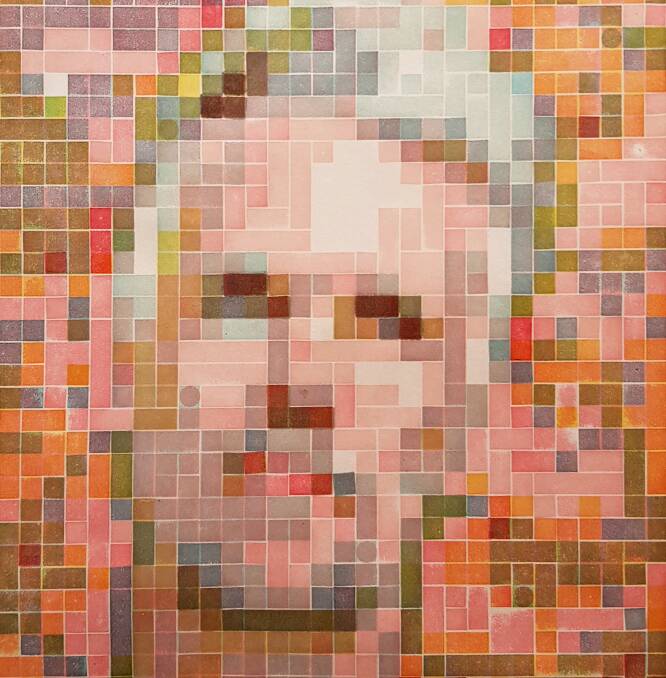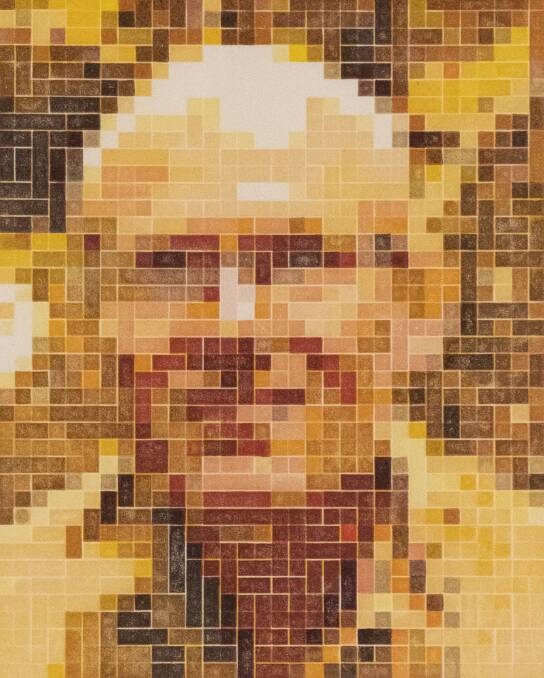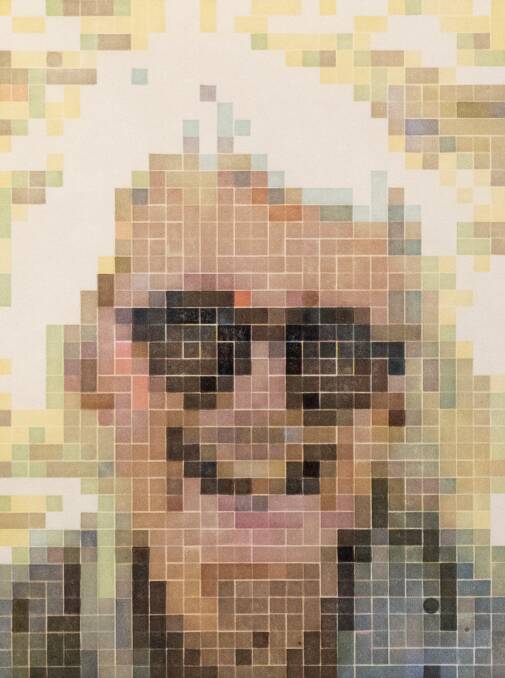
Peter McLean: Distant Friends. Megalo Print Gallery, 21 Wentworth Avenue, Kingston. Closes March 25, Tuesday to Saturday, 9.30am-5pm.
Subscribe now for unlimited access.
or signup to continue reading
Peter McLean is a Queanbeyan-based artist printmaker who has been actively exhibiting for a couple of decades since graduating from the local school of art.
This was his second degree, following a first-class honours degree in science from Brisbane. To me, it has always appeared that there is something very deliberate, even empirical in McLean's approach to printmaking; he sets himself a problem and then systematically works through it in a series of prints.
This has also resulted in a considerable diversity in his oeuvre, no two shows of this artist look alike - there is no trademark style and even the techniques run the full gambit of printmaking strategies. They include relief prints, screenprints, different forms of intaglio printmaking, monotypes as well as various experimental hybrid print technologies.
Distant Friends is McLean's new exhibition at Megalo and is clever, challenging and a bit tongue-in-cheek. It is one of the shows that was born out of the COVID-19 pandemic with the grounding of artists. McLean found a surrogate to an actual contact with friends using their social media profile images that he has employed to create pixelated portraits.

The most intriguing part is, if I have understood his process correctly, that the pixelations have been transferred onto Lego tiles and these he has used as a relief printing matrix to print on Japanese Kozo paper.
This is an exceptionally painstaking technique as obviously the plastic bricks cannot be loaded into a printing press and must be printed by hand. It takes 12 to 16 layers to adequately register each colour separation and when you consider the number of blocks involved to produce a single 'portrait', measuring 32 centimetres by 26 centimetres, the extent of the task becomes somewhat breathtaking.
The exhibition consists of 22 of these relief prints made between 2020 and 2022, most in editions of four, and include four larger more conventional woodblock prints on canvas.
Technically, the exhibition is somewhat overwhelming, where the artist, in an almost scientific manner, set out time and time again to revisit his idea slightly changing the parameters of his experiment with changes in the colour scheme and the density in the 'pixels'.

It appears that he is trying to determine how much visual detail you can leave out while still retaining the recognisability of the portrait.
Of all the major art forms, printmaking almost invariably involves a distancing factor. There is a technology that intervenes between the artist and the finished artwork, a technology that has its own voice and qualities. This is not to say that you cannot achieve a beautiful intimacy in an etching or an immediacy in a lithograph, but the distancing aspect remains.
McLean plays with this concept of distancing and actuality. When you investigate his images, almost touching them, there is a non-figurative abstraction about the surface and only when you draw away from them, like in an Impressionist painting, at a distance of a couple of metres, the pixels obediently click into place and the features of the sitter come into focus.
This experiment is repeated time and time again as we move from portraits of Phoebus, Marianne, Patsy, Gez and Astrid to the more conventional landscape prints of Grazing Country and Winter Sunset.
I completely agree with the artist's own assessment of his efforts when he says, "these works speak about how wonderful that we have digital tools to keep in touch, but also what a poor substitute it is compared to actual in-person contact."

